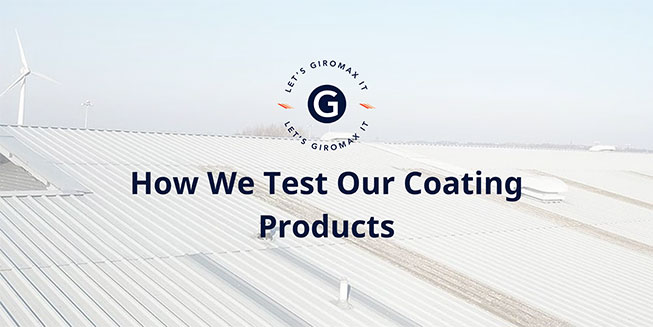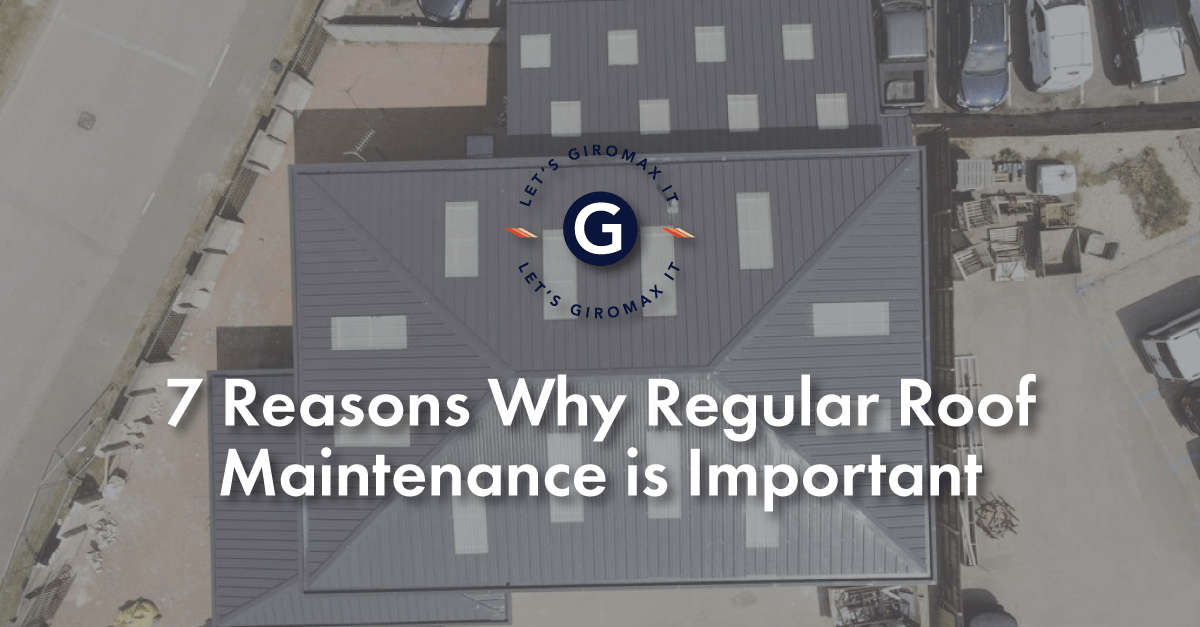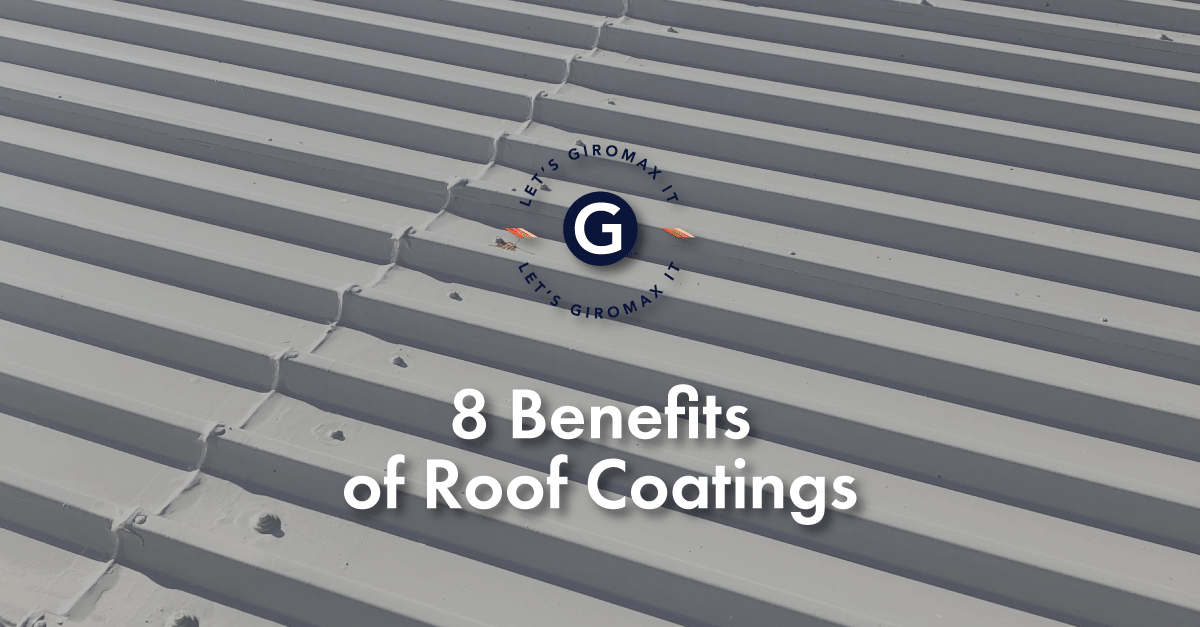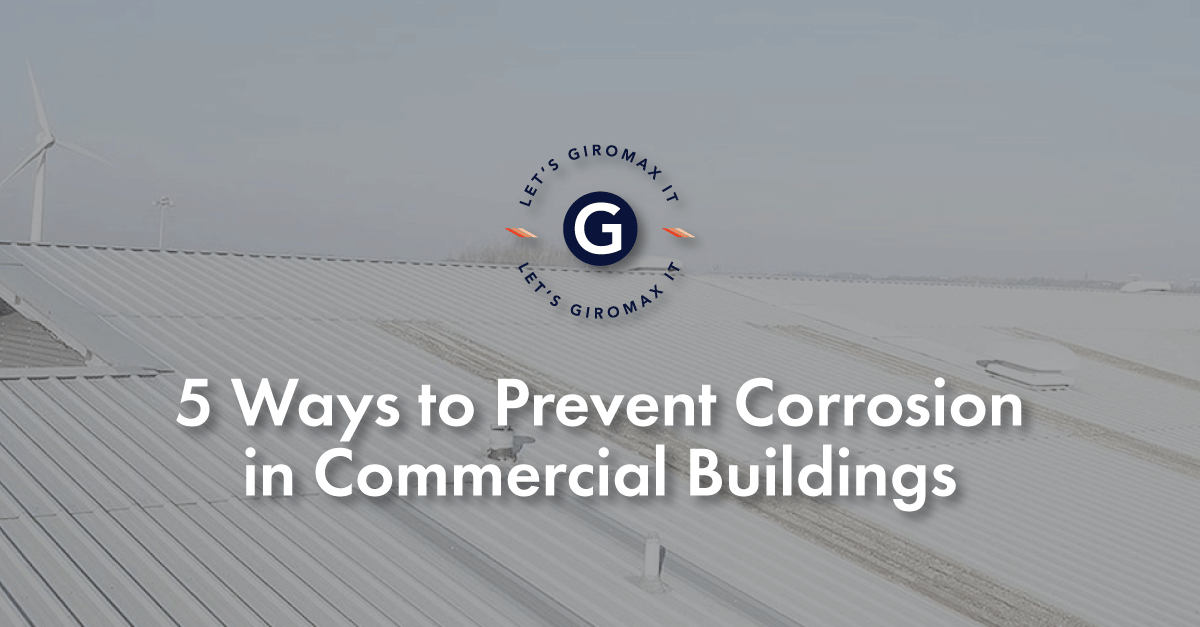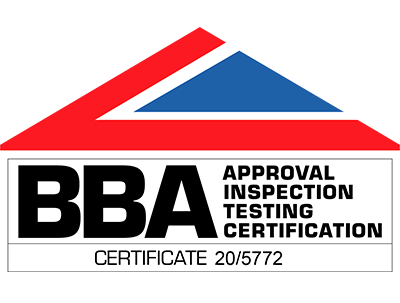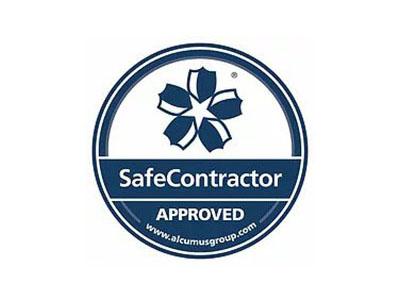How We Test Our Commercial Roof Coating Products
As market leaders in our field, you can rest assured that testing commercial roof coating products is something we take extremely seriously. Over the years, we’ve placed a huge emphasis on design principles when developing and refining our coating products.
Avoiding damage from damp conditions and UV light
Thanks to the vagaries of the British weather, which has the potential to cause significant damage over time, it’s usually the roof of a building that bears the brunt. Damp conditions are a particular problem, as well as the fact temperatures typically stay below 10 degrees for a significant proportion of the year.
Roof systems are subject to lower temperatures than at ground level, including greater windchill. Therefore, asides from being moisture tolerant, roof coatings must be able to cope with all UK weather conditions. They need to have early resilience to heavy rainstorms and overnight freezing temperatures.
Coatings must also be able to withstand aggressive UV attacks, and these don’t only occur in dry, sunny weather. After a summer rain shower, a moist roof surface can be subject to some significant heating when the sun starts shining, creating an extremely aggressive environment. Our technical team go to great lengths to design our coatings to be as resilient as possible to cope with ever-changing weather conditions.
Flexibility and waterproof membranes
We build in a high degree of flexibility into our products, ensuring they can deal with all aspects of our British weather. Our attention to detail during the design process ensures our coatings are equipped with technology that protects colours from fading. We also make sure products have a waterproof membrane to help prevent surface degradation.
Coatings need to be flexible and robust enough to cope with someone walking on them, for example, carrying out a roof inspection of an air conditioning unit. Even something as innocuous as a dropped spanner has the potential to create serious damage.
Our in-depth process for testing coating products
Testing for resilience to UV damage is usually run on a continuous test cycle of 2,000 – 3,000 hours. But we don’t think that’s long enough, so we test for 15,000 hours – and then we keep on going! During the development phase, we undertake 18 months of testing, even when after 5,000 hours we can see that a product is very durable. We have a QUV accelerated weather testing cabinet, which is officially approved by ASTM International.
Our QUV cabinet exposes coated panels to cycles of moisture and UV light at elevated temperatures. This clever piece of kit can take just a few days or weeks to replicate the damage caused by several months or years of exposure to the elements. Fluorescent lamps are specially designed to produce UVA, UVB and UVC rays. Water spray and condensing humidity simulate dew and rain, replicating a whole range of weather conditions.
We undertake QUV testing for every coating colour we produce. Not all coloured coatings work in quite the same way, with some colours more prone to fading, while others may become less durable over time.
ASTM compliant testing processes
We use recommended ASTM procedures to check for a number of qualities in our coatings, including application, adhesion, surface abrasion, humidity and UV testing. When it comes to our testing protocols, we believe in double checking the results of our QUV cabinet findings. We think it’s particularly important to get outside to conduct many of our tests, even to the extent of hanging panels outdoors, whether on top of a container or on a panel rack. This lets us test actual weathering, both for signs of UV degradation and for performance.
When we remove panels from the QUV cabinet for closer inspection, this can often mean standing outside in stormy weather. We physically test coated panels because we want to see the effects, such as pooling water on gutter coatings when it freezes. This meticulous approach ensures our products are robust and effective for years to come.
Our roof coating products have been designed to withstand stormy weather conditions, and many environmental factors which could affect products have ironically improved these days. The weather is warmer, there’s no longer acid rain, and fewer factories are pumping out nasty chemicals into the air. Meanwhile, we continue to test and develop the weather-resistant membranes within our products to keep bad weather out.
When it comes to roof coating products, we are market leaders. Our technical expertise enables us to continually test, develop and improve our products. We can also provide application guidance to you and your clients. If you need advice about any of our products, please speak to the Giromax team or call 01455 558969 today.
Get updates from us
Sign up to our newsletter to receive all the latest news and insights from Giromax Technology.
Subscribe to NewsletterRelated articles
7 Reasons Why Regular Roof Maintenance is Important
There are many reasons why regular roof maintenance is important, from avoiding costly repairs to energy efficiency. Lets look at...
8 Benefits of Roof Coatings
The benefits of roof coatings include durability, energy efficiency, environmental sustainability and cost savings. In this blog we take a...
5 Ways to Prevent Corrosion in Commercial Buildings
Corrosion protection is an important part of maintaining any industrial premises. In this blog we look at how to prevent...
